Cleaning the environment biologically(bioremediation) & cleaning activities for 23/02/2024
Good evening Hive community🧡, clean planet 💕, my dearest friends😇, everyone here, I hope today was fruitful to each and every one of us.
Am here today to tell us how we, through Bioremediation, can keep our environment clean
Biological environmental cleaning, also known as bioremediation, involves utilizing natural processes and organisms to mitigate pollution and restore ecological balance. This method capitalizes on the innate abilities of certain microbes, plants, and animals to degrade, detoxify, or sequester pollutants, thereby reducing the environmental impact of contaminants. Bioremediation offers numerous advantages over conventional remediation methods, including cost-effectiveness, minimal disruption to the environment, and the potential for long-lasting efficacy.
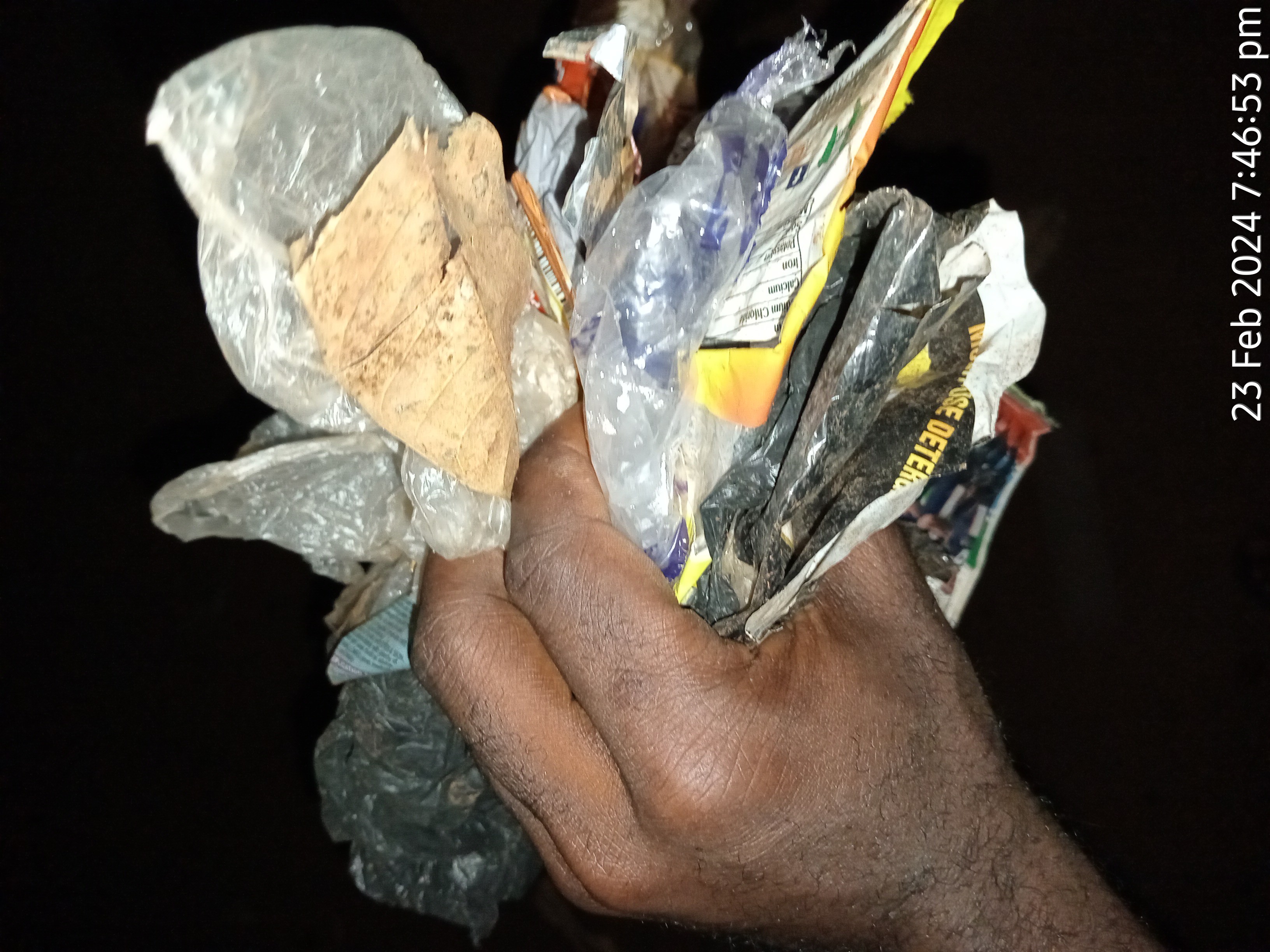

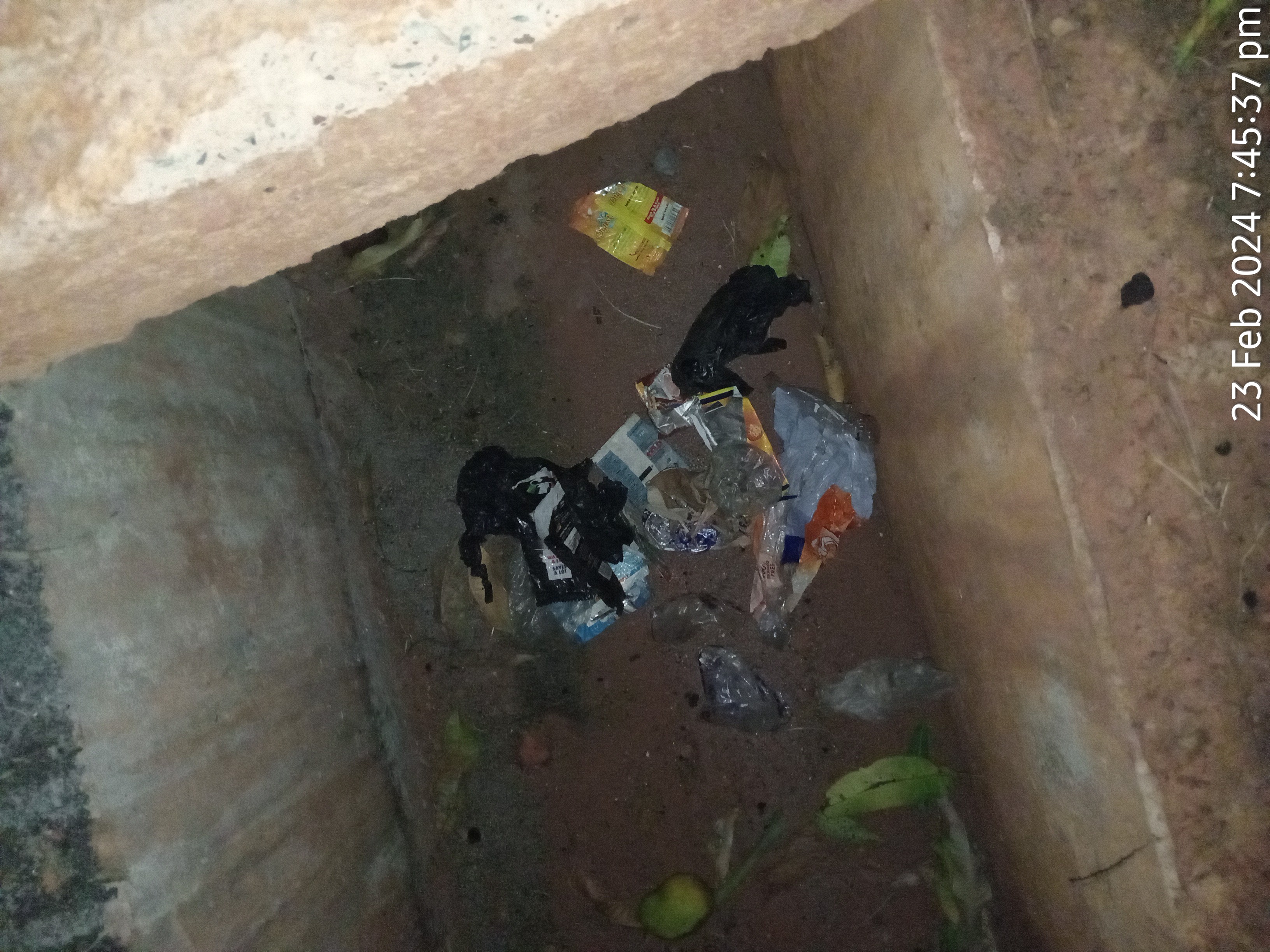
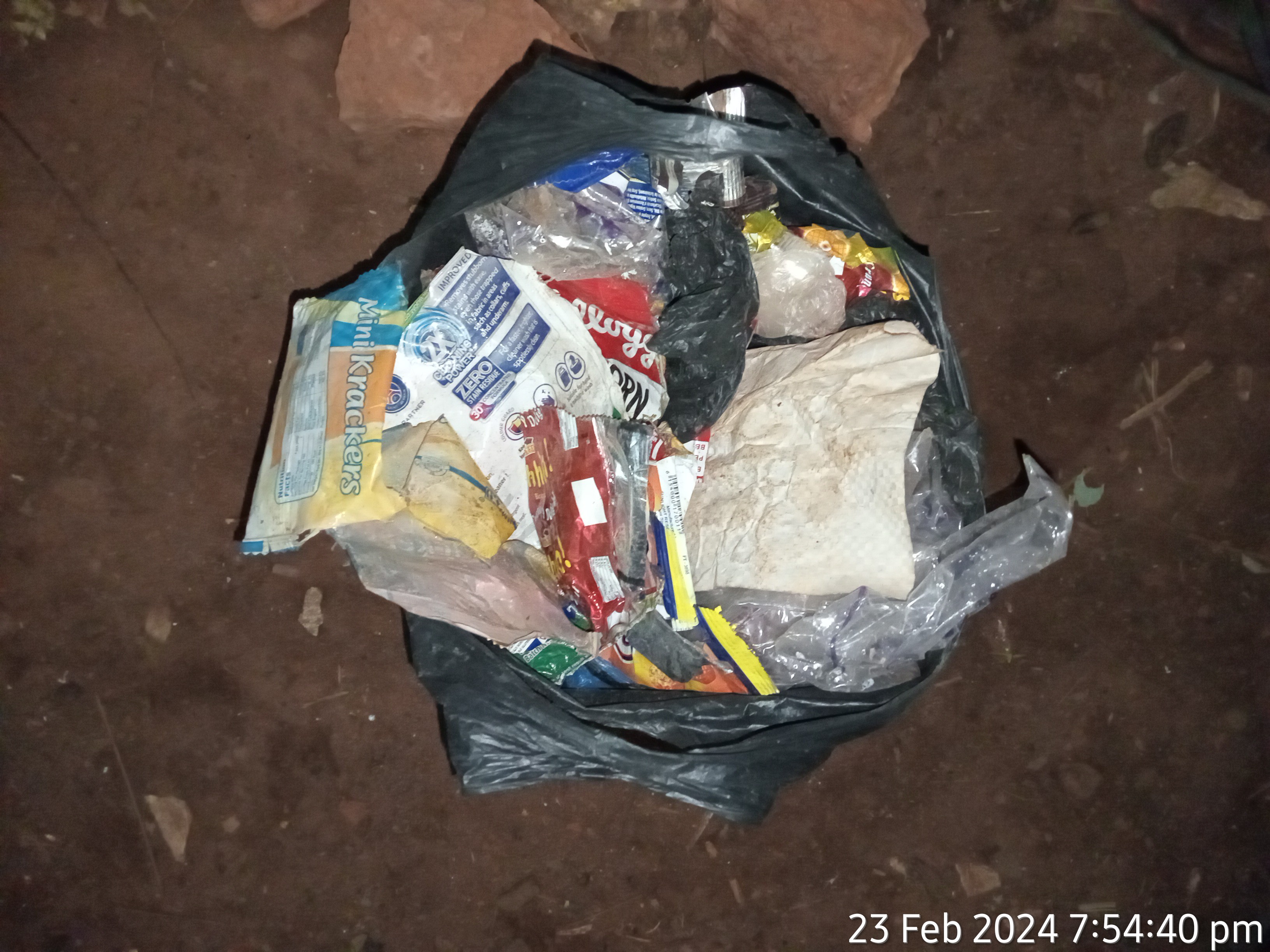
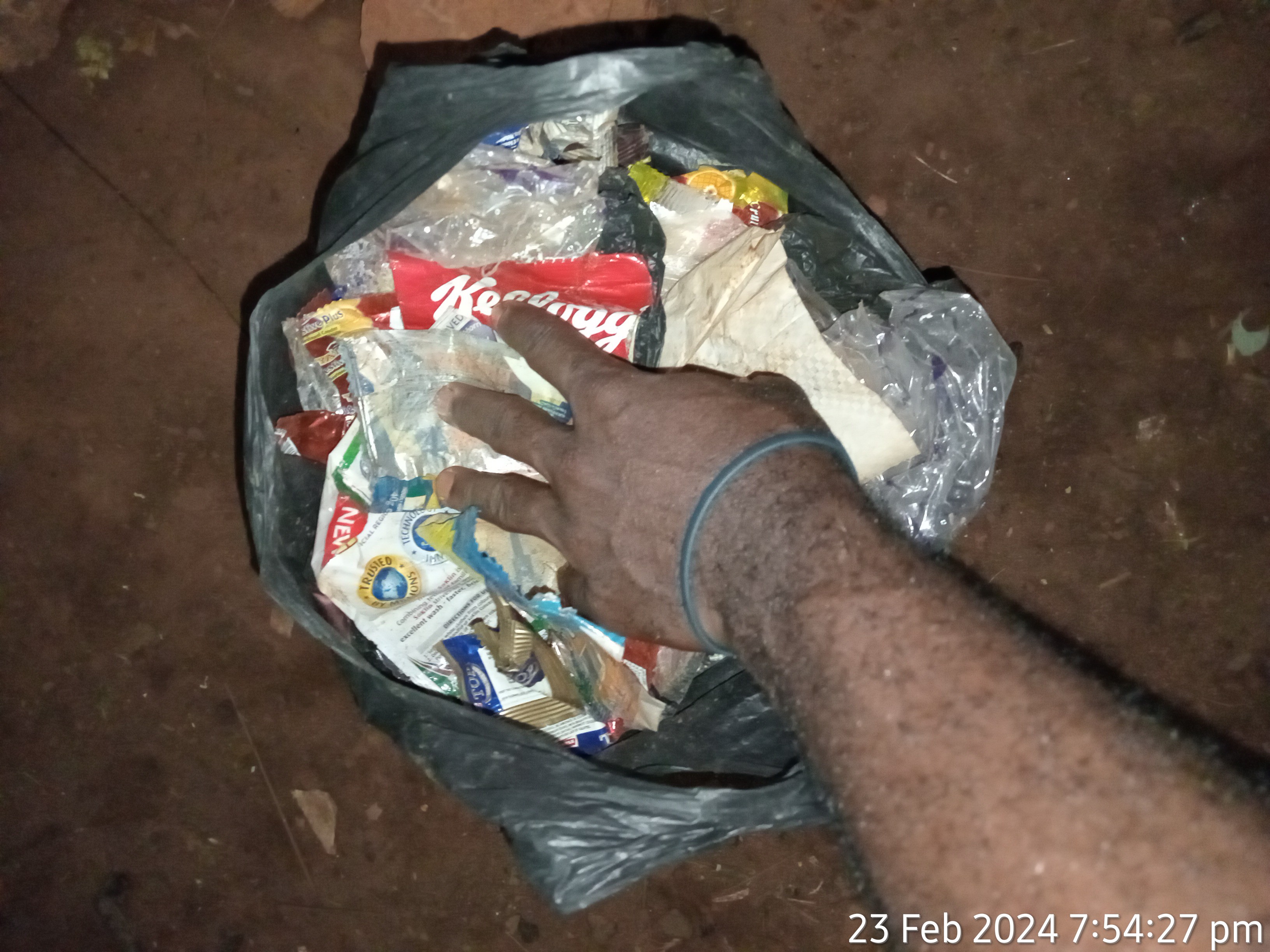
Microbial bioremediation is a central aspect of biological environmental cleaning. Certain bacteria, fungi, and algae possess enzymes capable of breaking down pollutants into less harmful substances. For instance, bacteria like Pseudomonas and Bacillus species can metabolize oil spills, converting complex hydrocarbons into simpler compounds such as carbon dioxide and water. Similarly, fungi like white rot fungi have been employed to remediate sites contaminated with pesticides and industrial chemicals by breaking down complex organic molecules.
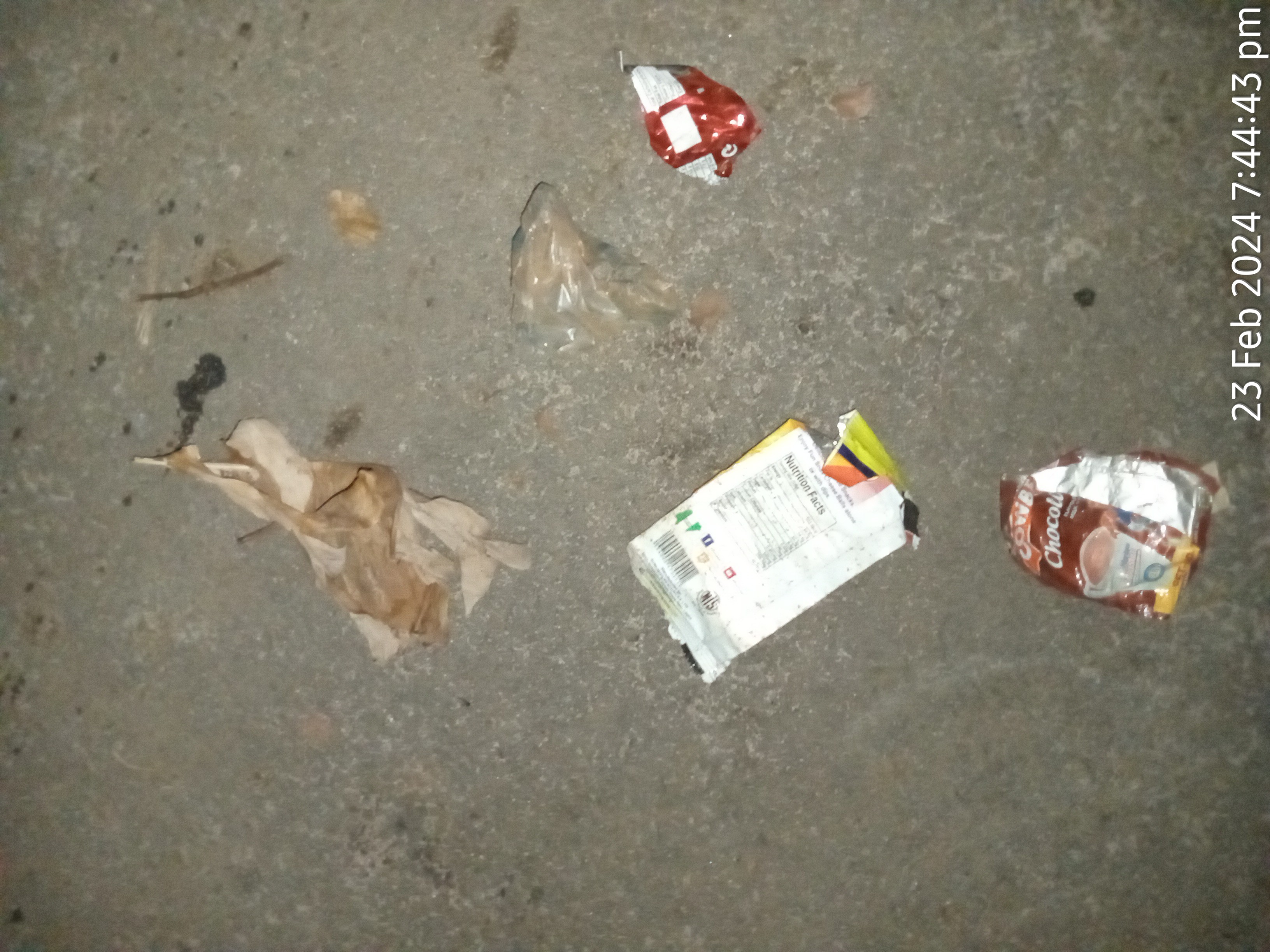
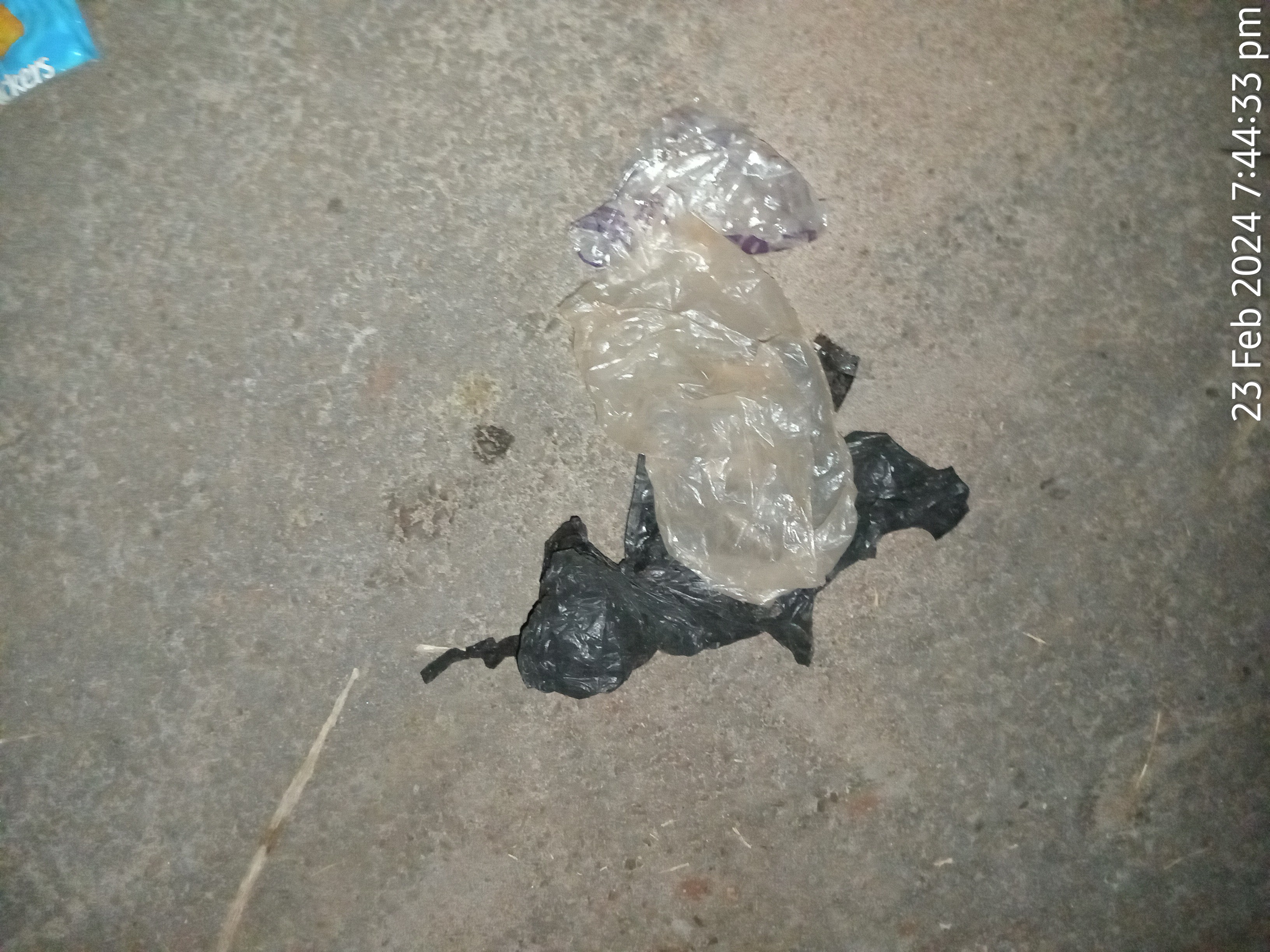
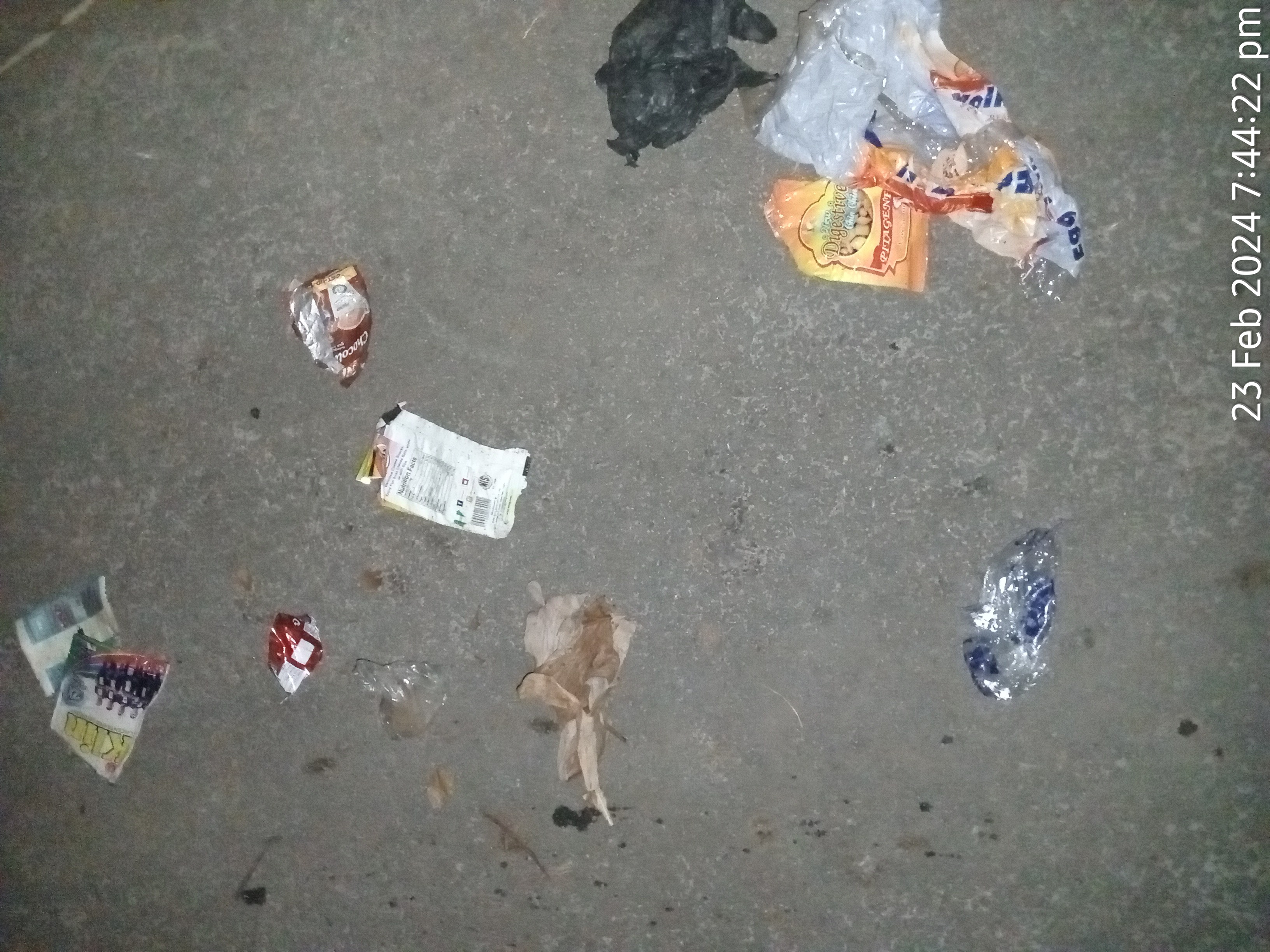
Phytoremediation, or plant-based bioremediation, involves using plants to absorb, accumulate, and detoxify contaminants from soil, water, and air. Plants such as sunflowers, willows, and poplars are known for their ability to accumulate heavy metals from soil through phytoextraction. Additionally, wetland plants like cattails and reeds excel at filtering pollutants from water via rhizofiltration.
Beyond microbial and plant-based methods, animals also play a role in bioremediation. Earthworms, for example, enhance soil health and fertility, indirectly aiding in the remediation of contaminated soil by promoting microbial activity and organic matter decomposition.
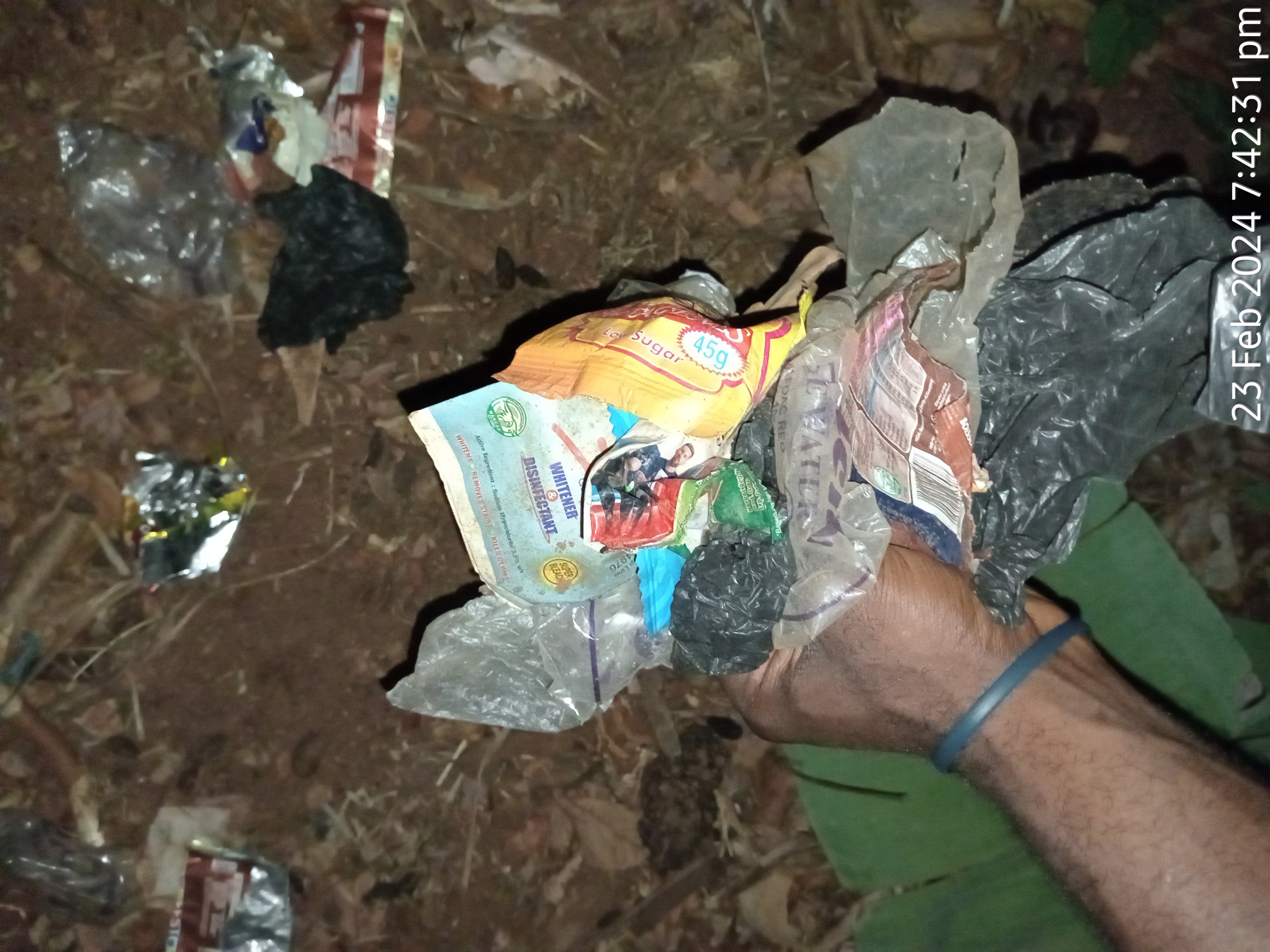
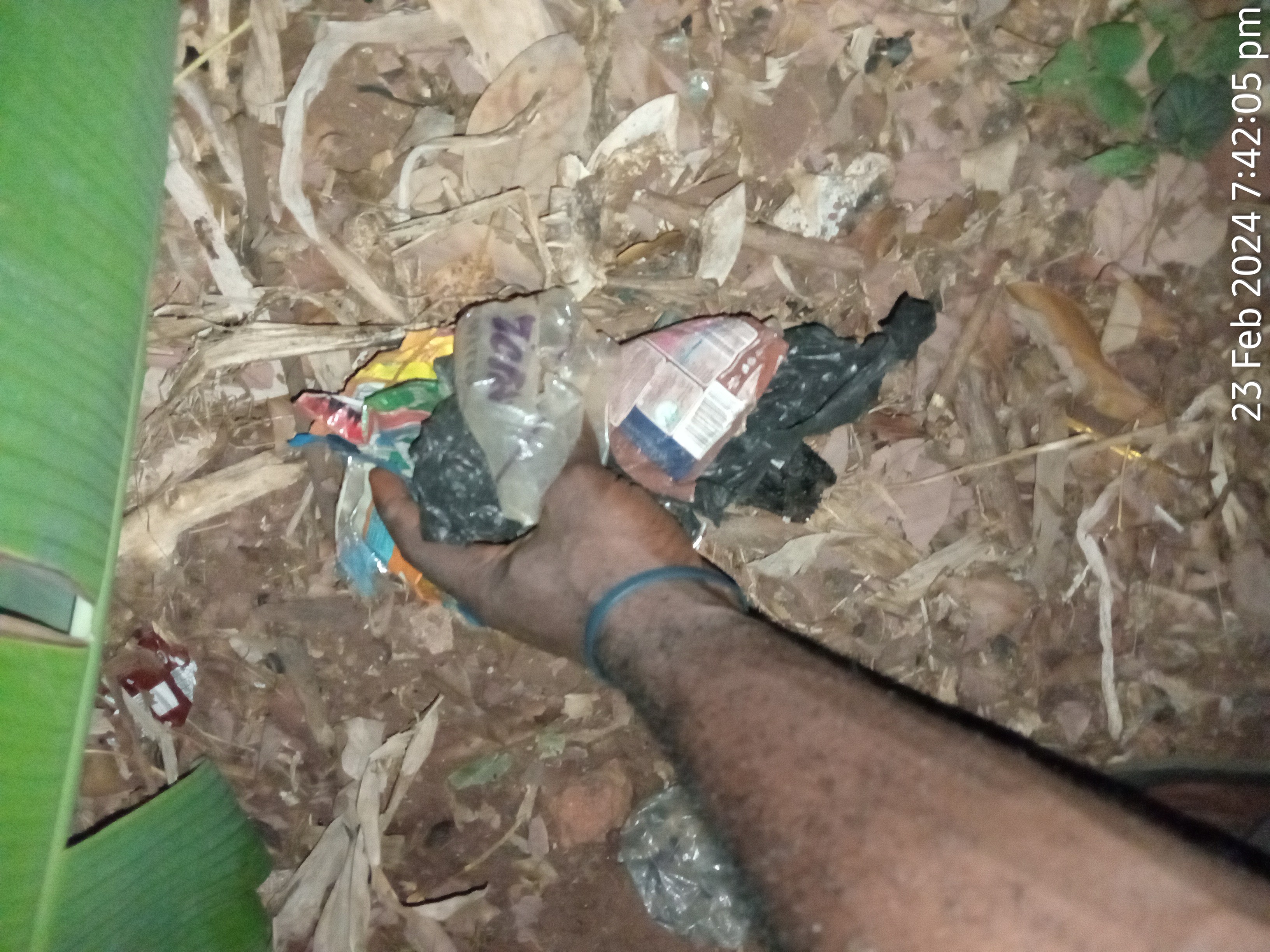
Bioaugmentation and biostimulation are techniques employed to enhance the effectiveness of bioremediation. Bioaugmentation involves introducing specific microbial strains with enhanced degradation capabilities into contaminated sites, while biostimulation entails providing nutrients or growth-promoting factors to indigenous microbial populations to enhance their activity.



Despite its promise, the effectiveness of bioremediation can be influenced by various factors, including environmental conditions, contaminant characteristics, and the presence of competing organisms. Thus, careful site assessment and selection of appropriate biological agents are critical for successful implementation.
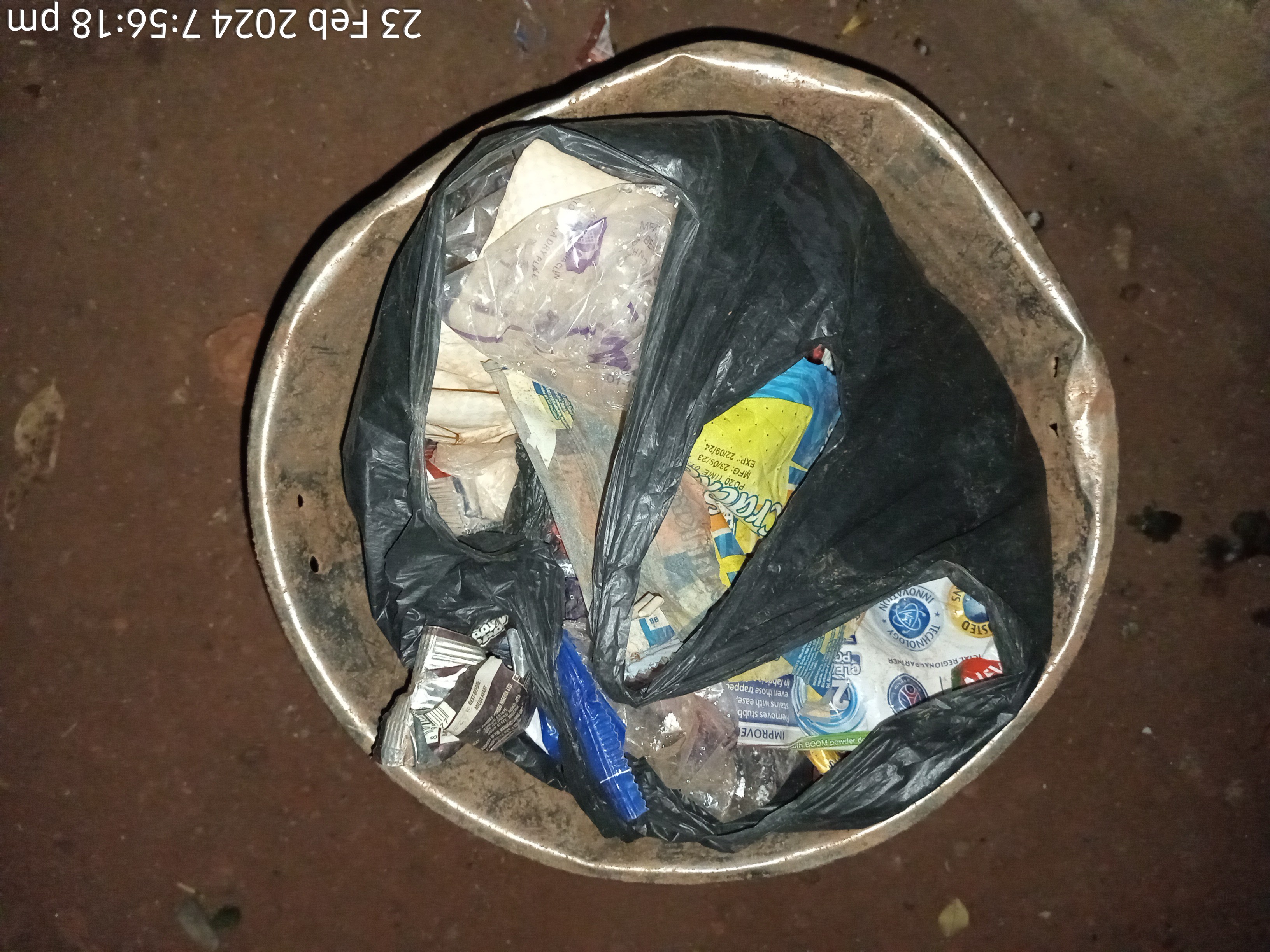
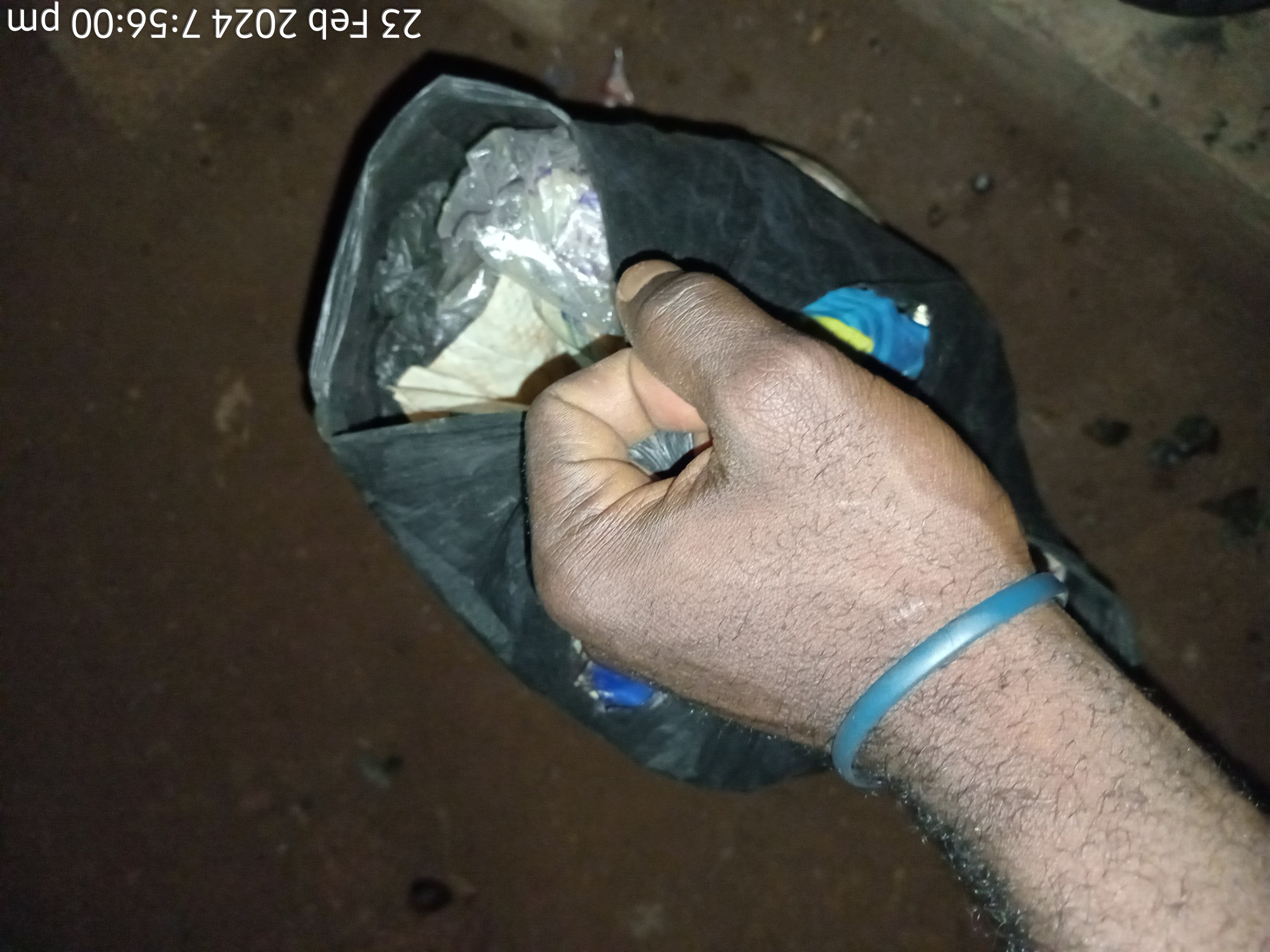
In summary, bioremediation offers a sustainable and environmentally friendly approach to cleaning up pollution by harnessing the natural processes of living organisms. Through microbial degradation, plant uptake, and animal-mediated processes, bioremediation provides a viable solution for restoring contaminated sites and safeguarding ecosystems for future generations.
Thank you and good night 😇 from Nigeria 🇳🇬✅
@cleanplanet
@solarisfuture
@cleanyourcity
